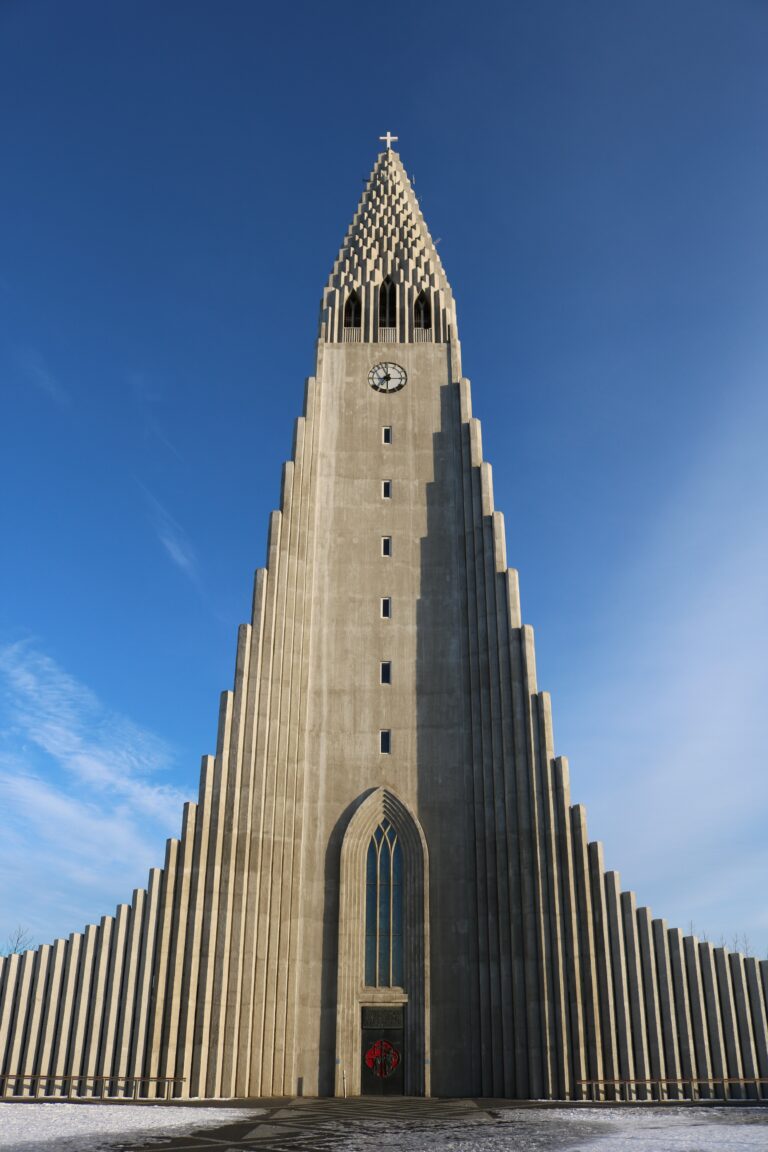code
5 ECT
Elective
In the 1920s and 1930s many architects adopted an expressive vocabulary with an emphasis on sculptural shapes and the texture of the materials. In many instances a colourful decoration was applied as well. This trend developed in Germany after the First World War, although its roots reach back to the last pre-war years, when expressionism was still mainly a matter of the visual arts. In the aftermath of the war, however, German artist and architects sought an intense cooperation in order to realize a new society. The first signs of architectural expressionism in the Netherlands can be traced back to the early 1910s but it became only fashionable after 1918. Though scholarship has always stressed its popularity in social housing, expressionism was equally if not more successful among private patrons, witness the residential quarters all over the country, and a series of impressive Protestant churches. In this course we will discuss the meaning of architectural expressionism in the wider context of socio-political developments, including a critical assessment of earlier research on the topic.
